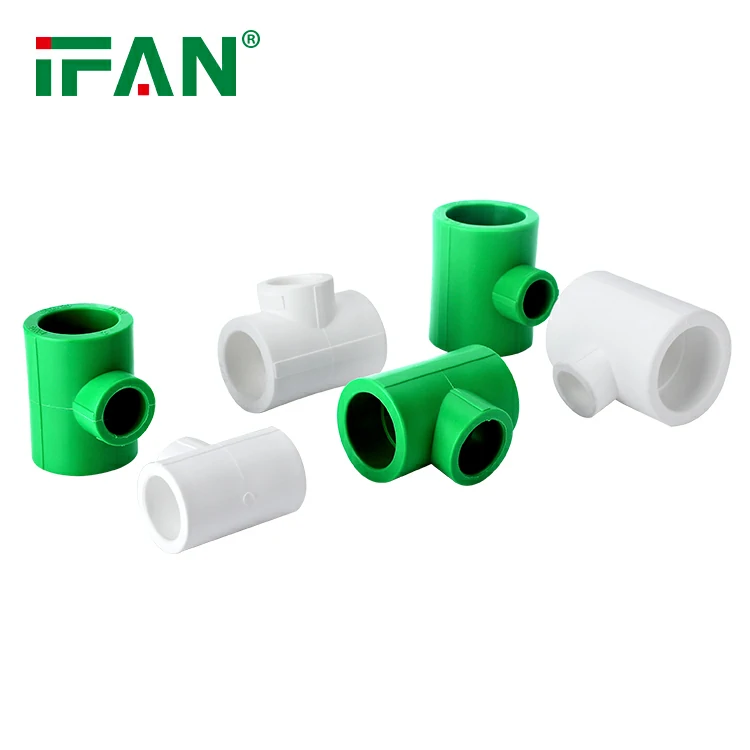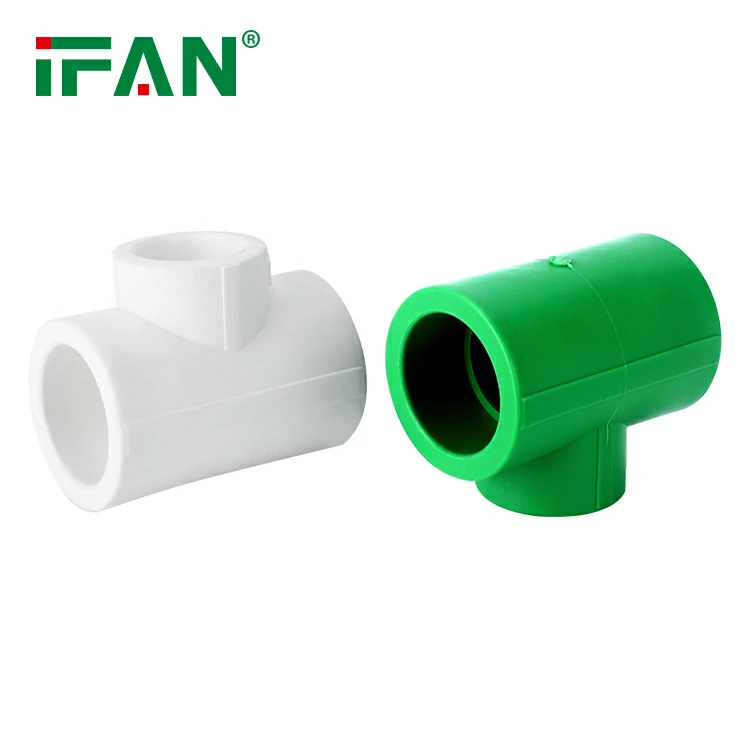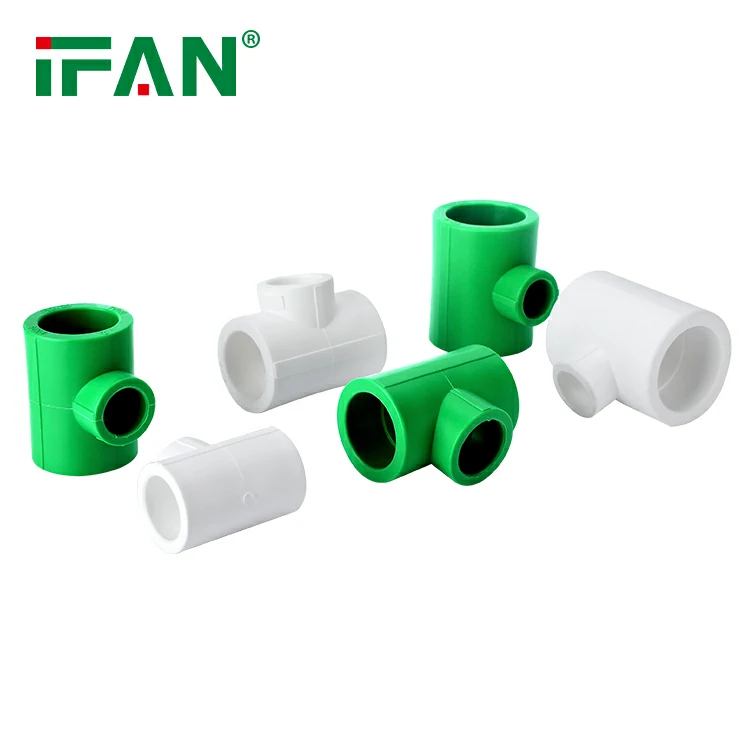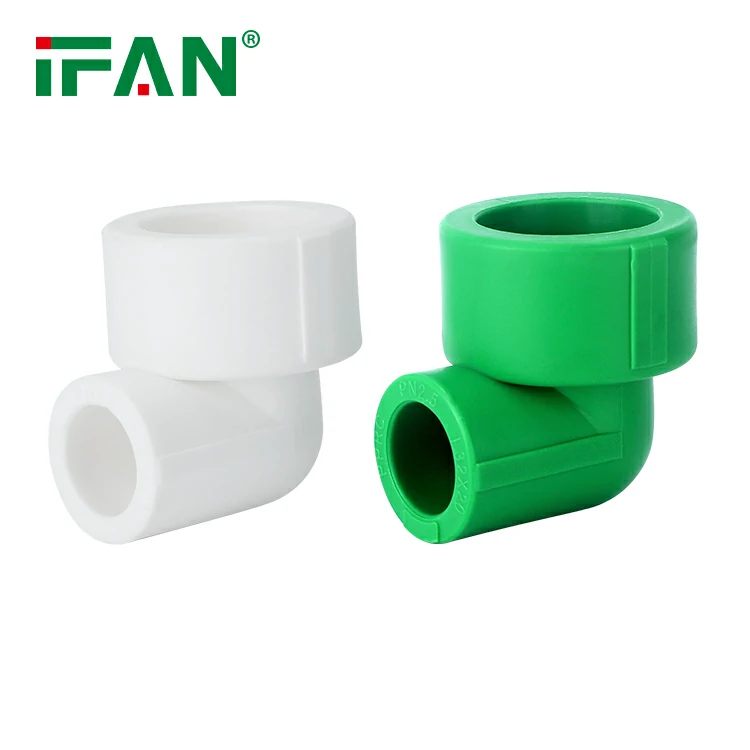Introduction
When selecting the appropriate material for piping systems, understanding the performance characteristics of various polymers under stress is crucial. One key factor is burst pressure, which determines the pressure at which a pipe will rupture or fail. In this context, PEX (cross-linked polyethylene), CPVC (chlorinated polyvinyl chloride), and PPR (polypropylene random copolymer) are three of the most commonly used polymers in piping systems for residential, industrial, and commercial applications.
This article focuses on Fig. 2, which illustrates the nondimensional burst pressure of PEX, CPVC, and PPR polymers. We will explore the significance of burst pressure, how these materials compare in terms of performance, and the factors that affect their pressure resistance. Additionally, we will discuss the implications of burst pressure in real-world applications and how it influences the choice of material for different piping needs.
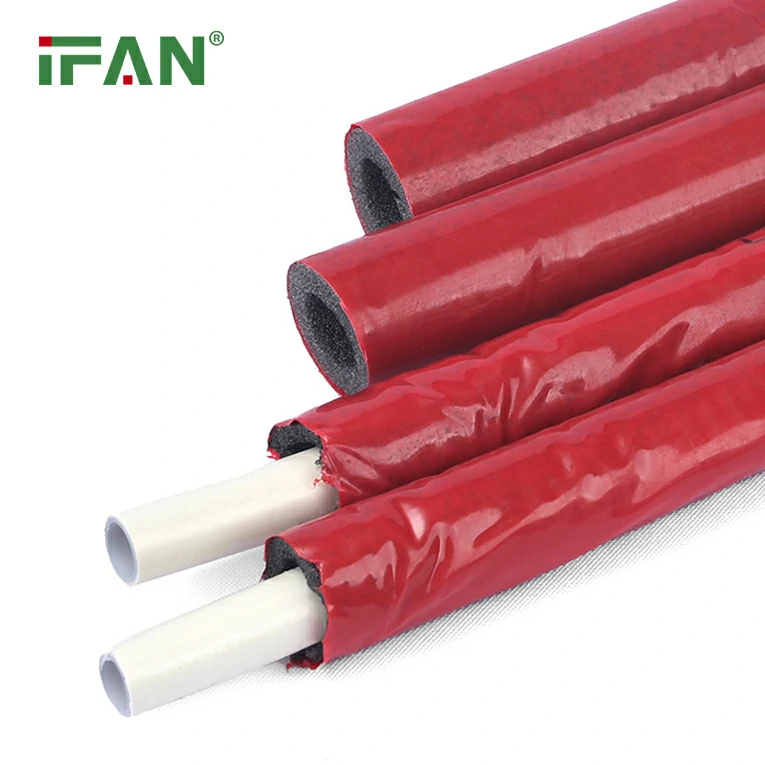
Understanding Burst Pressure and Nondimensionalization
Burst pressure refers to the internal pressure at which a pipe or tube will fail due to stress. It is a critical factor in ensuring the safety and longevity of piping systems, particularly when dealing with high-pressure fluids. The ability of a polymer pipe to withstand pressure without rupturing depends on various factors, including its material properties, pipe diameter, and wall thickness.
Nondimensional burst pressure is the concept of scaling the burst pressure by normalizing it against standard reference values. This allows for a more straightforward comparison between different pipe materials, regardless of variations in their size and application. By plotting the nondimensional burst pressure, we can see how the materials behave under various pressure conditions.
PEX Pipe Characteristics
PEX pipes are known for their flexibility, durability, and resistance to various environmental factors, including temperature fluctuations and chemical exposure. They are commonly used in plumbing systems, radiant floor heating, and other fluid transport applications.
Burst Pressure of PEX Pipes
The burst pressure of PEX pipes is significantly influenced by the degree of crosslinking in the material. Cross-linked polyethylene (PEX) consists of a network of polymer chains that provide enhanced strength and resistance to internal pressure. This makes PEX pipes capable of withstanding high-pressure conditions.
PEX’s burst pressure can be affected by:
- Pipe thickness: Thicker pipes typically have higher burst pressure due to their increased structural integrity.
- Temperature: PEX pipes retain their strength over a wide range of temperatures. However, as the temperature increases, the material becomes more flexible, which can sometimes result in a lower burst pressure.
- Manufacturing quality: The quality of the crosslinking process and the uniformity of the material can impact the overall pressure resistance of PEX pipes.
CPVC Pipe Characteristics
CPVC is a thermoplastic material that has been chlorinated to improve its strength and chemical resistance compared to regular PVC. It is commonly used in hot water plumbing, industrial applications, and chemical transportation.
Burst Pressure of CPVC Pipes
The burst pressure of CPVC pipes is typically higher than that of standard PVC pipes due to the chlorination process, which increases the material’s density and improves its ability to resist stress. However, CPVC pipes are more brittle than PEX and PPR pipes, which makes them more susceptible to cracking under extreme pressure or impact.
CPVC’s burst pressure is influenced by:
- Pipe material: The chlorination of PVC increases the stiffness but can make the material more prone to failure under extreme stress.
- Temperature: While CPVC pipes have excellent high-temperature resistance, their burst pressure tends to decrease as the temperature rises, especially in very hot water applications.
- Manufacturing quality: Like PEX, CPVC pipes must undergo precise manufacturing processes to ensure uniform material properties, which are critical for maintaining high burst pressure resistance.
PPR Pipe Characteristics
PPR (polypropylene random copolymer) pipes are another popular choice in plumbing and fluid transport systems due to their chemical resistance, heat tolerance, and longevity. PPR is commonly used in hot and cold water distribution systems, as well as in industrial piping systems.
Burst Pressure of PPR Pipes
The burst pressure of PPR pipes is typically lower than PEX and CPVC in many cases, but still offers excellent durability for most residential and commercial applications. PPR pipes are known for their resistance to high-temperature environments and aggressive chemicals, making them a strong choice for certain industrial and chemical transport systems.
PPR’s burst pressure is influenced by:
- Molecular structure: The random copolymer nature of PPR allows for good flexibility and strength but may not match the overall pressure resistance of PEX and CPVC.
- Temperature tolerance: PPR pipes perform well under high-temperature conditions, but their burst pressure can decrease in extremely high-pressure systems.
- Jointing method: The fusion welding technique used in PPR pipe installation provides strong, leak-free joints that contribute to the overall system pressure resistance.
Comparative Analysis: PEX vs. CPVC vs. PPR in Terms of Burst Pressure
Fig. 2, which shows the nondimensional burst pressure of PEX, CPVC, and PPR, is useful in understanding how these materials perform under similar conditions. By comparing the nondimensional burst pressure, we can gauge how each material stands up to pressure, regardless of their respective diameters or wall thicknesses.
Here’s a comparative overview:
1. PEX Pipes
- Advantages: High flexibility, excellent pressure resistance, and reliable performance in both high and low temperatures.
- Disadvantages: Reduced burst pressure at very high temperatures, though still generally higher than PPR.
- Ideal Applications: Residential plumbing, radiant floor heating, and fluid systems with moderate to high pressure.
2. CPVC Pipes
- Advantages: High pressure resistance, excellent chemical and heat tolerance, particularly for hot water systems.
- Disadvantages: Brittle nature under extreme pressure, particularly at low temperatures, and more prone to cracking than PEX.
- Ideal Applications: Hot water plumbing, industrial applications, and chemical transport.
3. PPR Pipes
- Advantages: Good chemical resistance, excellent temperature tolerance, and long service life.
- Disadvantages: Lower burst pressure compared to PEX and CPVC, though still effective for many low- and medium-pressure systems.
- Ideal Applications: Hot and cold water systems, industrial piping, and chemical transport.
Factors Affecting Burst Pressure
There are several factors that affect the burst pressure of any pipe material, including PEX, CPVC, and PPR:
- Pipe Wall Thickness: Thicker walls provide better resistance to internal pressure, thereby increasing the burst pressure.
- Temperature: Higher temperatures often reduce the burst pressure, although this is more significant for some materials than others.
- Pipe Diameter: Larger diameter pipes tend to handle higher pressures, but this depends on the material strength.
- Material Quality: The uniformity and consistency of the polymer material and its crosslinking (for PEX) can have a substantial impact on burst pressure.
- Installation and Joints: Proper installation and welding of joints (especially with PPR pipes) can prevent weaknesses that reduce burst pressure.
Implications for Pipe Selection
Choosing the right pipe material for a specific application depends on factors such as fluid type, pressure requirements, and environmental conditions. PEX pipes are well-suited for most residential applications due to their high burst pressure and flexibility. CPVC pipes excel in hot water systems but are less flexible and more prone to cracking. PPR pipes, while not as resistant to burst pressure as PEX or CPVC, offer strong chemical resistance and can be an ideal choice for certain industrial and chemical applications.
Conclusion
Burst pressure is a key factor when selecting a material for piping systems, and understanding how PEX, CPVC, and PPR compare in terms of their nondimensional burst pressure is crucial for making informed decisions. Each material has its advantages and limitations, and the choice between them should be based on the specific requirements of the application, such as fluid type, temperature, and pressure.
By considering factors like material strength, wall thickness, temperature, and pressure resistance, engineers and designers can select the ideal pipe for their system. The chart in Fig. 2 serves as a useful tool for visualizing these differences and ensuring that the best material is chosen for the job.
FAQ
1. What is the significance of nondimensional burst pressure in pipe selection?
Nondimensional burst pressure allows for a direct comparison of different pipe materials without the influence of pipe size and wall thickness, making it easier to evaluate their performance under stress.
2. How does temperature affect the burst pressure of PEX pipes?
Temperature can reduce the burst pressure of PEX pipes. As the temperature increases, PEX becomes more flexible, which can lead to a lower burst pressure, though it still performs well under a range of temperatures.
3. Are PEX pipes more flexible than CPVC pipes?
Yes, PEX pipes are much more flexible than CPVC pipes, which makes them easier to install in tight spaces and more resistant to damage from thermal expansion and contraction.
4. Which material is best for high-temperature applications: PEX, CPVC, or PPR?
CPVC pipes are ideal for high-temperature applications

